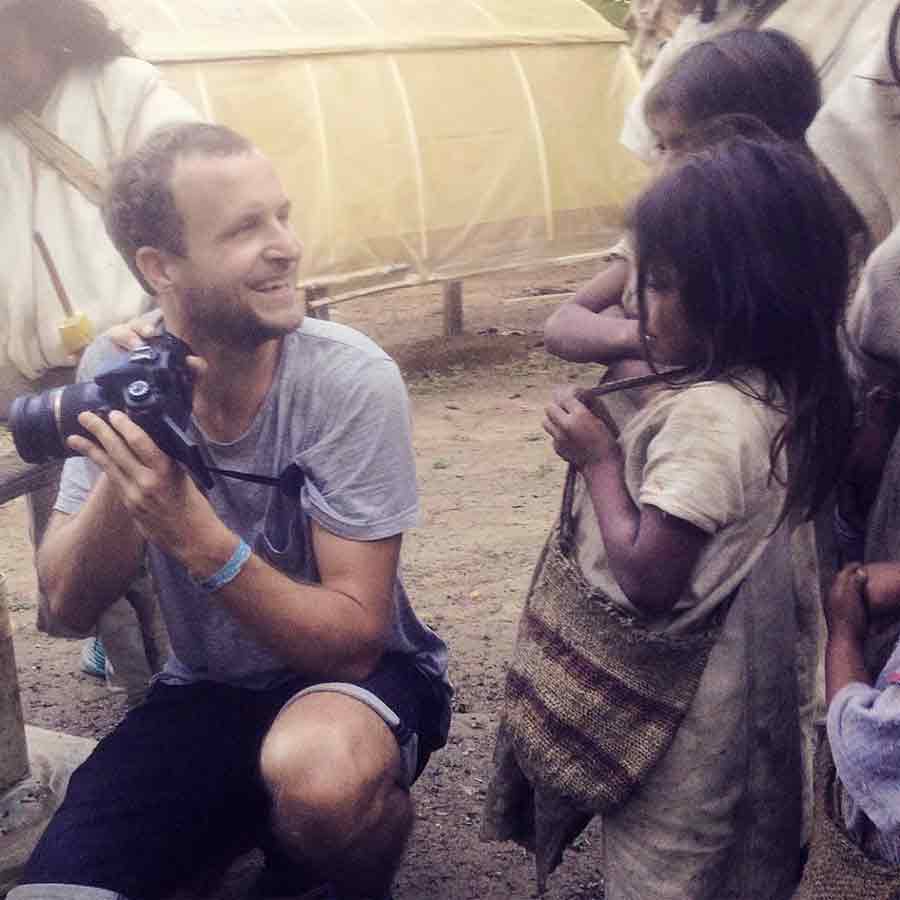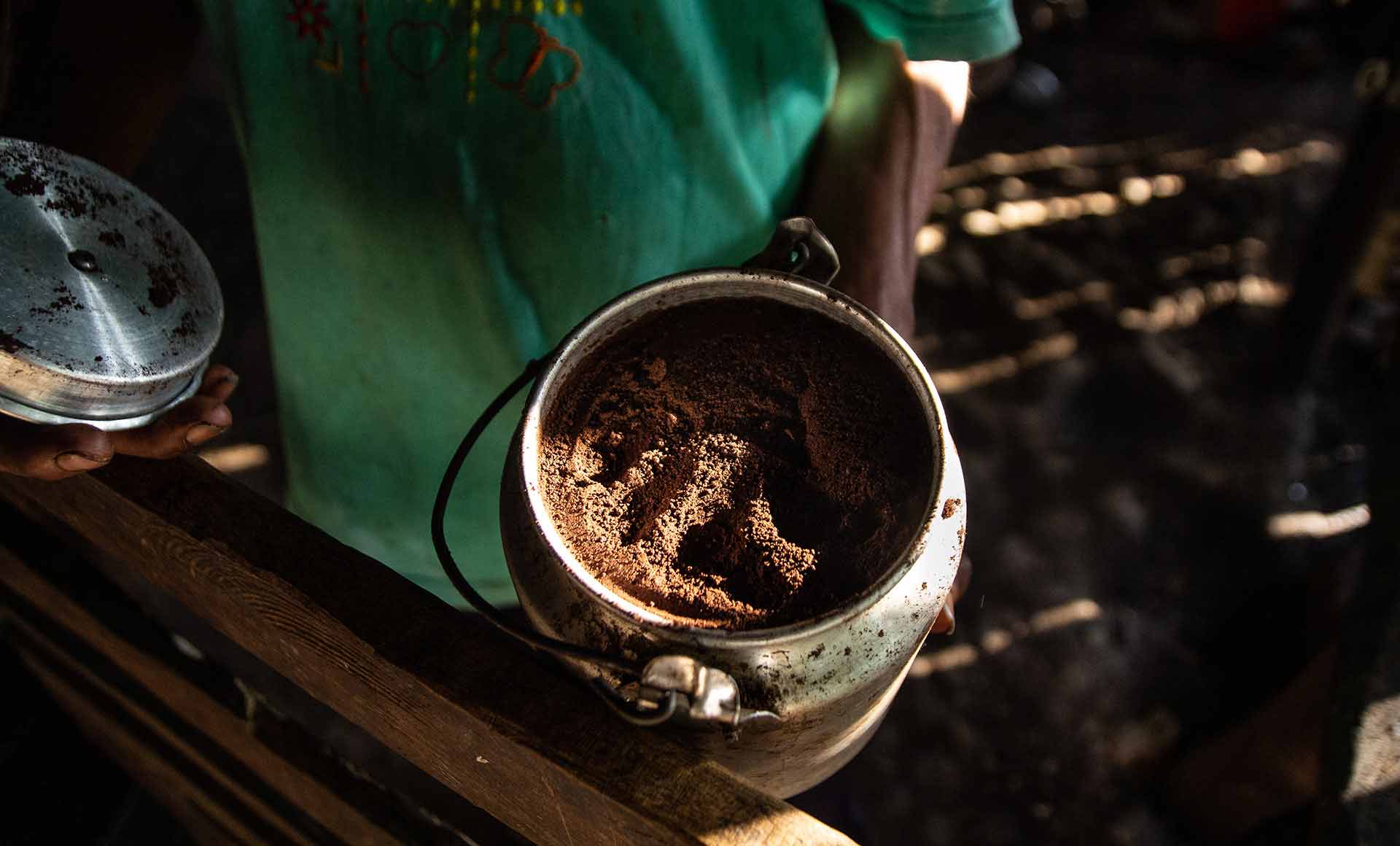
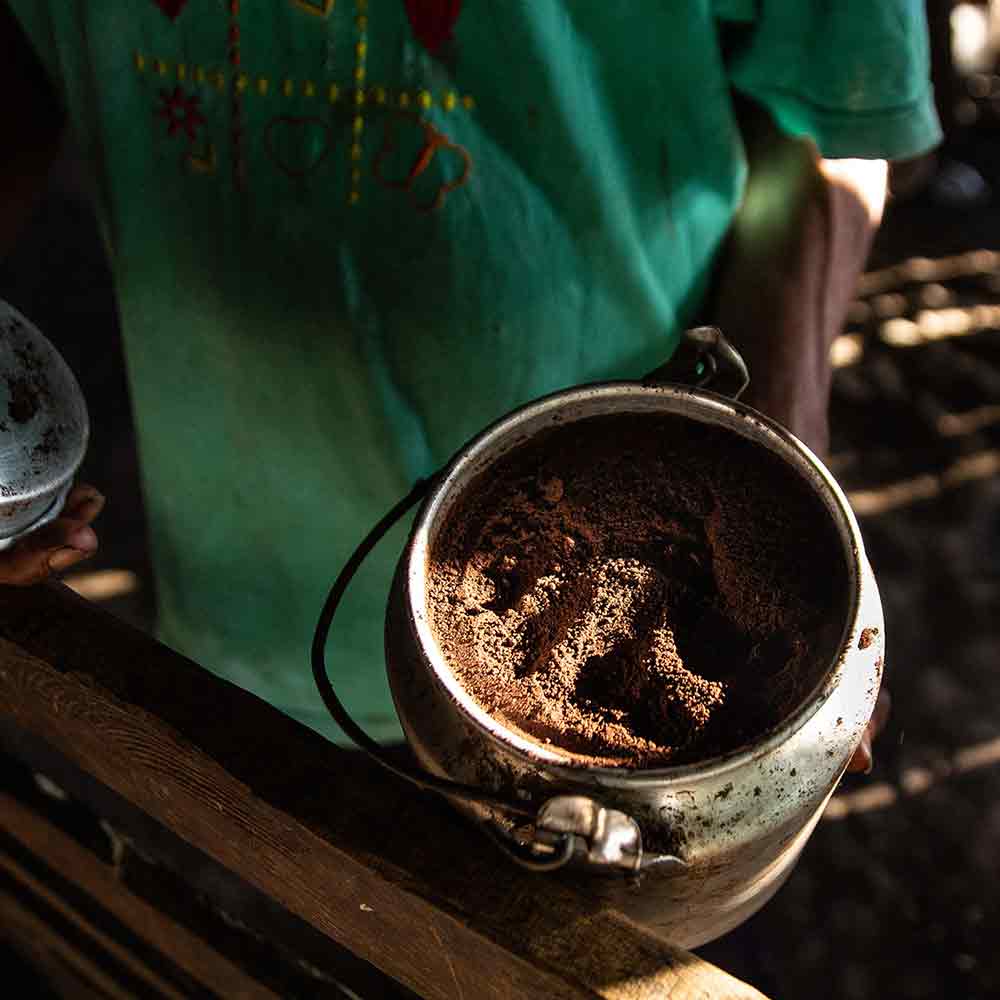
The Arhuaco
Chapter 2: Coffee From Another Universe
Colombia, January 2019
The Arhuaco
Chapter 2:
Coffee From Another Universe
Colombia, January 2019
The journey into the Arhuacos‘ Book of Wonder continues. Imagine the salt of the sea scenting the mountain air. Picture the snow peak of Simón Bolivar, which reaches 5700 m, and the hot beach that is only 42 km away. That’s a record! The air is sizzling, the colors and smells are mesmerizing. And there are several climate zones in between – so the conditions for growing coffee are perfect, this is a real haven for coffee plants.
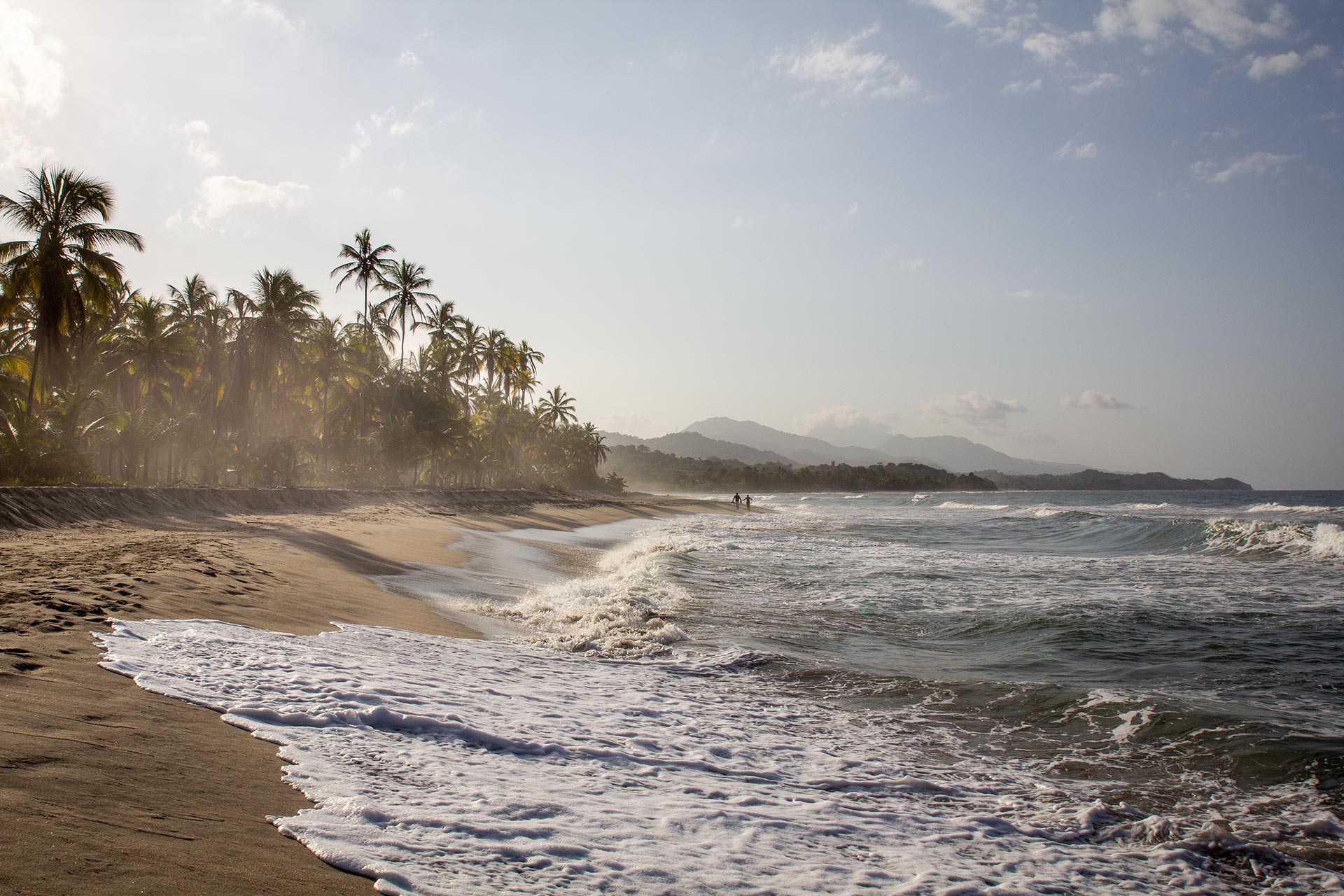
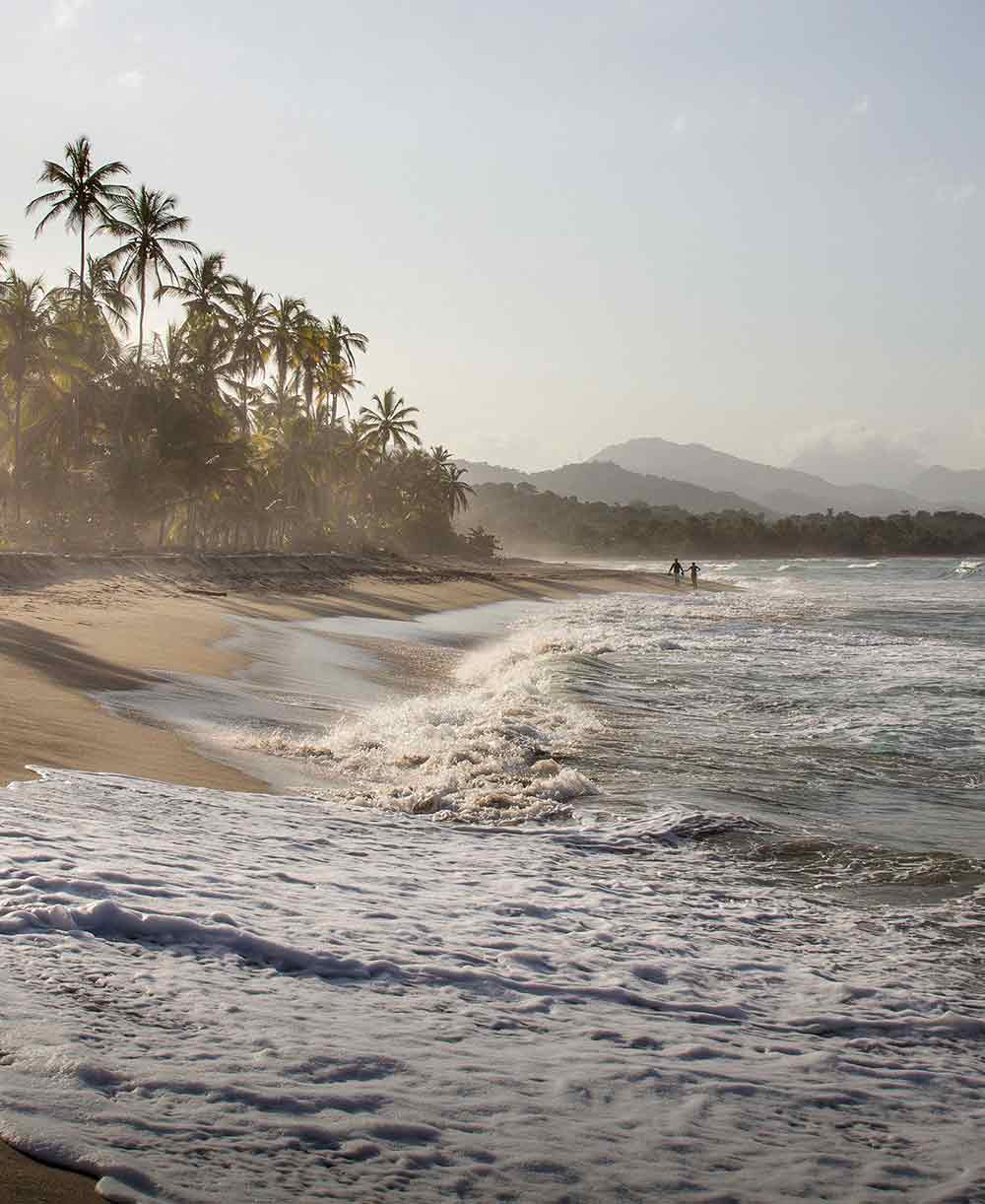
The Caribbean beach
With the Sierra Nevada in the back.
The Caribbean beach
With the Sierra Nevada in the back.
Making Coffee, the Arhuaco Way
When I visited the Arhuaco, the last harvest had just been transported away, so I wasn’t able to witness the entire coffee making process actively. The harvest takes place between August and November and traditionally, the Arhuaco cultivate coffee, cocoa, and panela (unrefined whole cane sugar) and make mochilas (rucksacks). The coffee plantations as such are big, the branches of the trees are very long because they are not cut, and the plants are often very old – it is quite usual to have plants that are older than 20 years. The coffee plants are always planted underneath trees – these are called “guamos” – which provide them with shade.
I had the chance to take a look at some of the quite simple machines used to pulp the coffee fruit. They seemed – at least to my eyes, the eyes of a hermano menor – quite dirty and rough. But since I only saw a small part of the Sierra Nevada, I can well imagine there is other equipment used in other areas. To be honest, I caught myself having some thoughts typical for the hermanos menores: all of this could be improved! Then more profit could be generated and the quality would be improved. But the Arhuaco look at these things in a very relaxed manner: they simply trust Mother Nature. Some things are supposed to be the way they are and do not need improvement or human intervention. For instance, they told me that they are affected by the Roya (coffee leaf rust), over and over again. They are powerless against it, which means they even lose entire harvests because of it. But they don’t do anything against it.
Making Coffee, the Arhuaco Way
When I visited the Arhuaco, the last harvest had just been transported away, so I wasn’t able to witness the entire coffee making process actively. The harvest takes place between August and November and traditionally, the Arhuaco cultivate coffee, cocoa, and panela (unrefined whole cane sugar) and make mochilas (rucksacks). The coffee plantations as such are big, the branches of the trees are very long because they are not cut, and the plants are often very old – it is quite usual to have plants that are older than 20 years. The coffee plants are always planted underneath trees – these are called “guamos” – which provide them with shade.
I had the chance to take a look at some of the quite simple machines used to pulp the coffee fruit. They seemed – at least to my eyes, the eyes of a hermano menor – quite dirty and rough. But since I only saw a small part of the Sierra Nevada, I can well imagine there is other equipment used in other areas. To be honest, I caught myself having some thoughts typical for the hermanos menores: all of this could be improved! Then more profit could be generated and the quality would be improved. But the Arhuaco look at these things in a very relaxed manner: they simply trust Mother Nature. Some things are supposed to be the way they are and do not need improvement or human intervention. For instance, they told me that they are affected by the Roya (coffee leaf rust), over and over again. They are powerless against it, which means they even lose entire harvests because of it. But they don’t do anything against it.
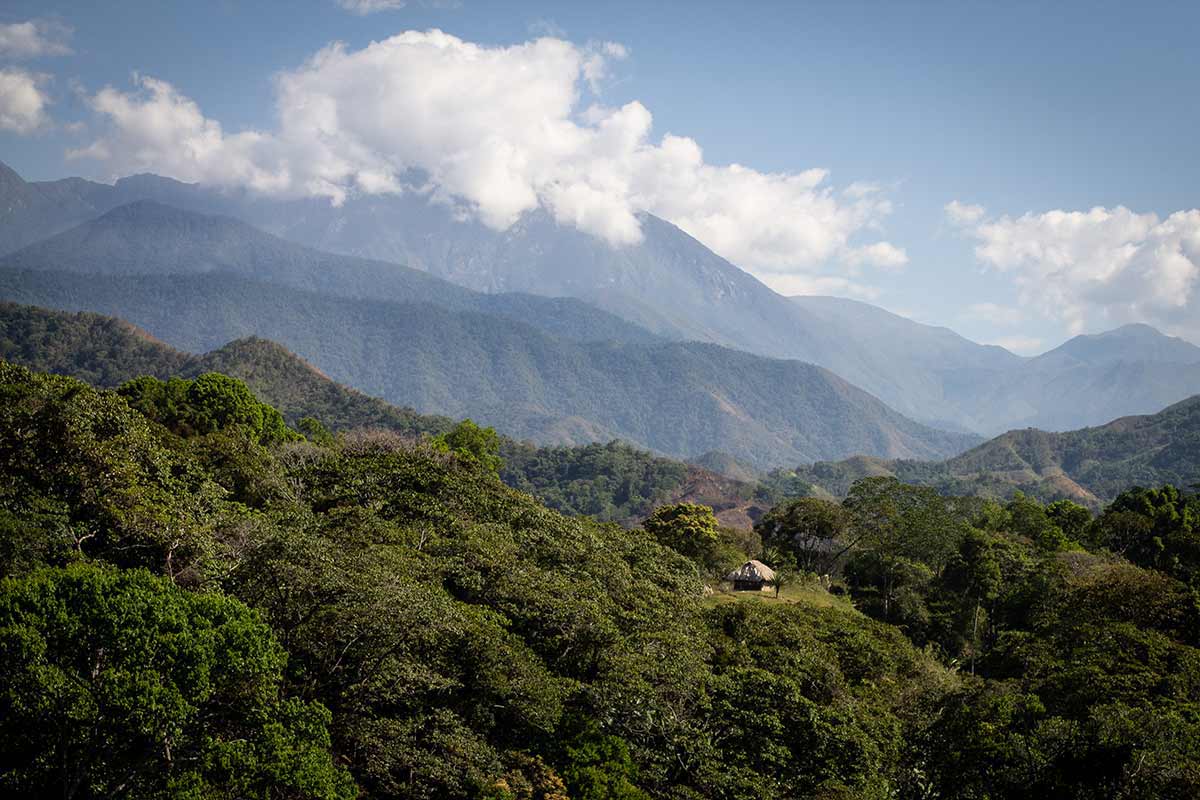
A spectacular view of the Sierra Nevada – at daytime the sun was burning, though.
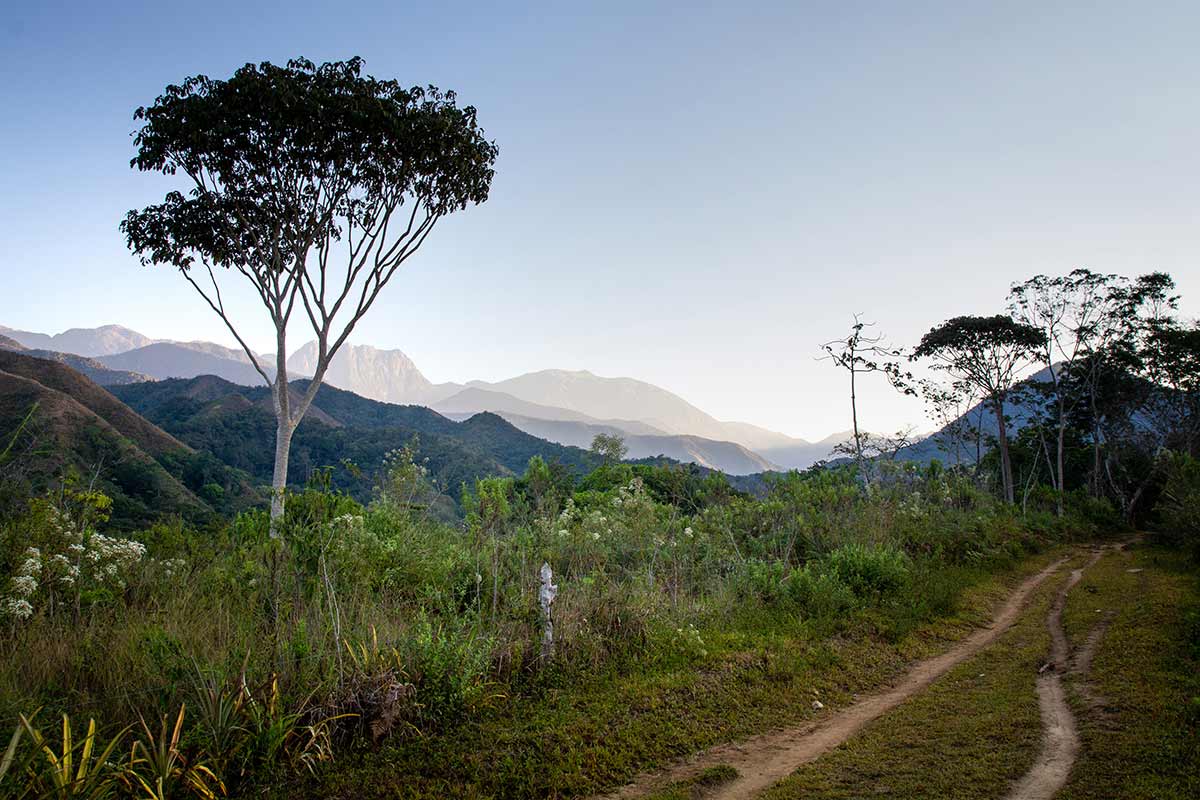
I started my day early in the morning with visits to a few Arhuaco coffee farms. Follow me!
They coffee plants are always planted underneath trees – these are called “guamos” – which provide them with shade.
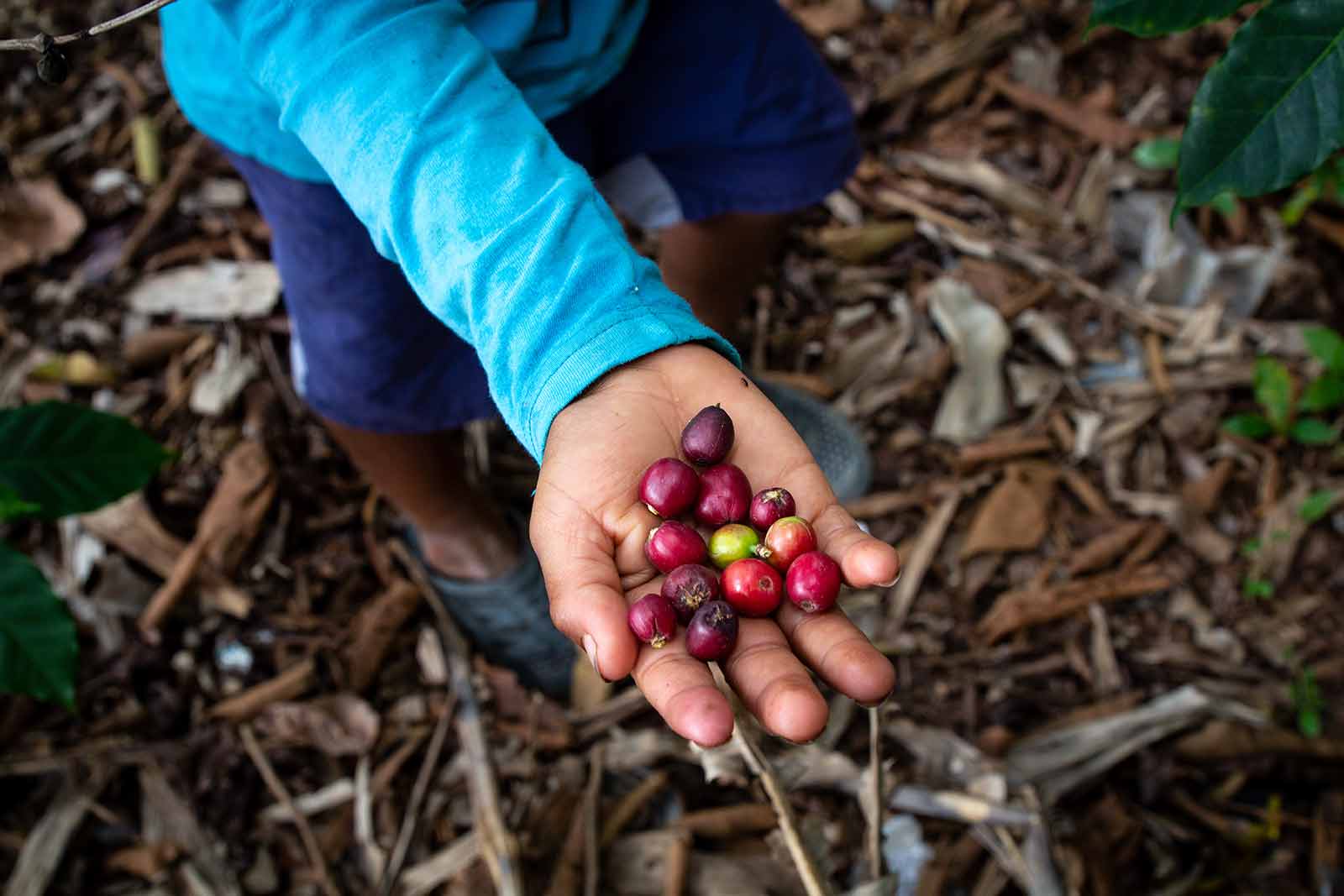
Some coffee fruits could still be harvested from the coffee shrubs. The main harvest, however, had just been transported away. Now, let’s find our way through the primary forest and have a closer look at the coffee shrubs…
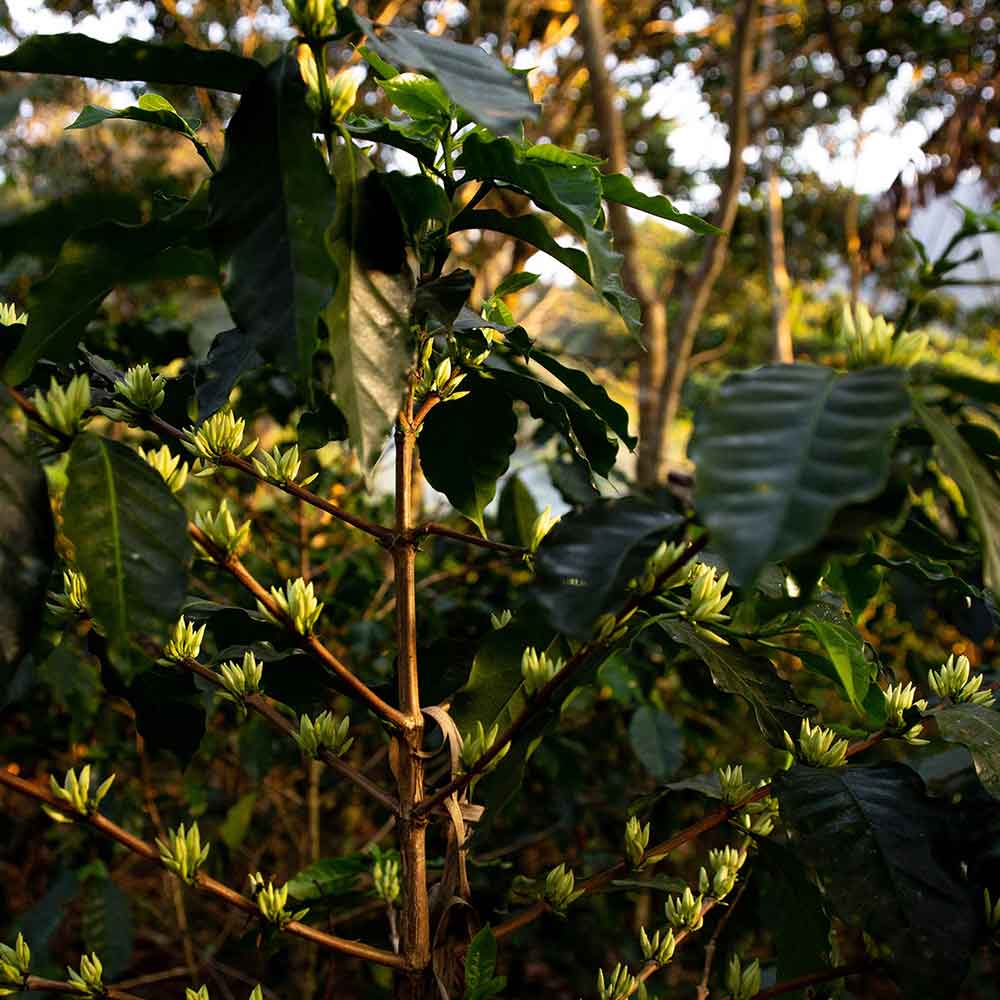
…now we are under the old trees, where the climate is a bit cooler…
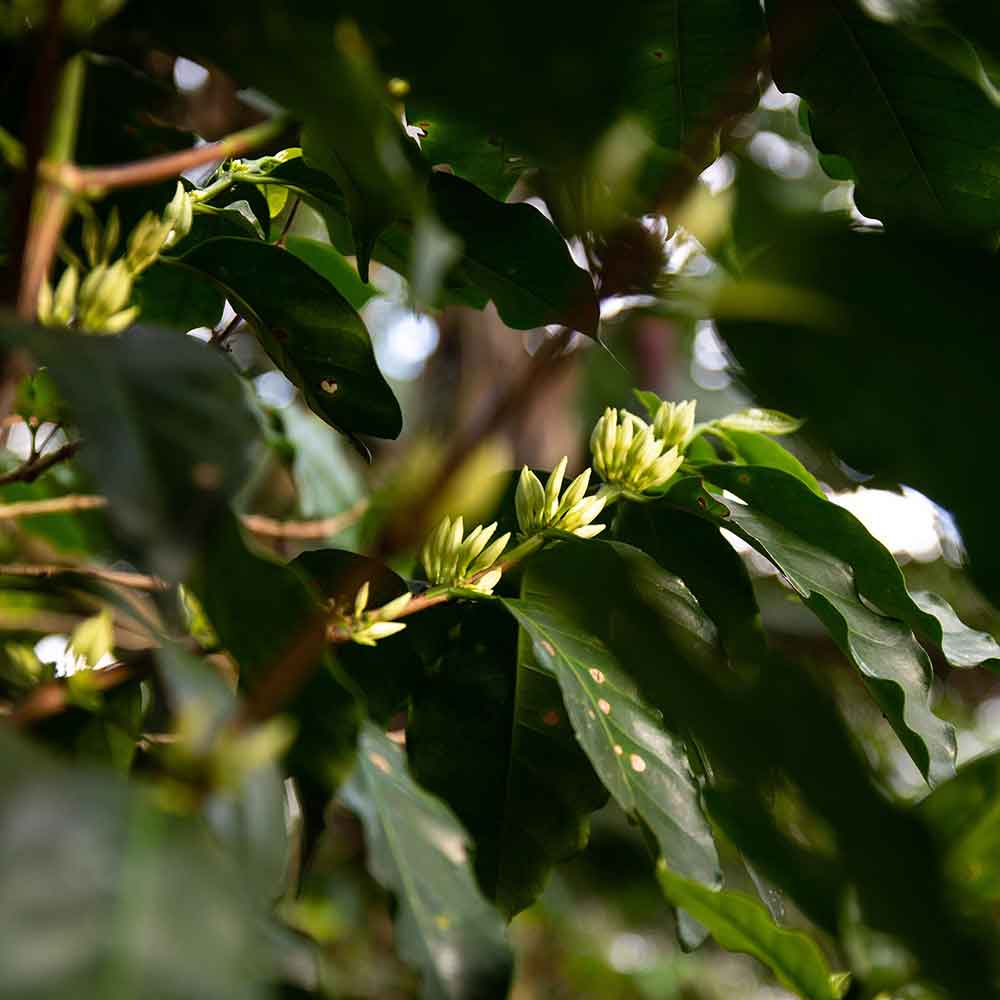
…and where the solar irradiation is much softer. I’d say it’s the perfect condition for a coffee cultivation. Who would doubt that when seeing these beauties…
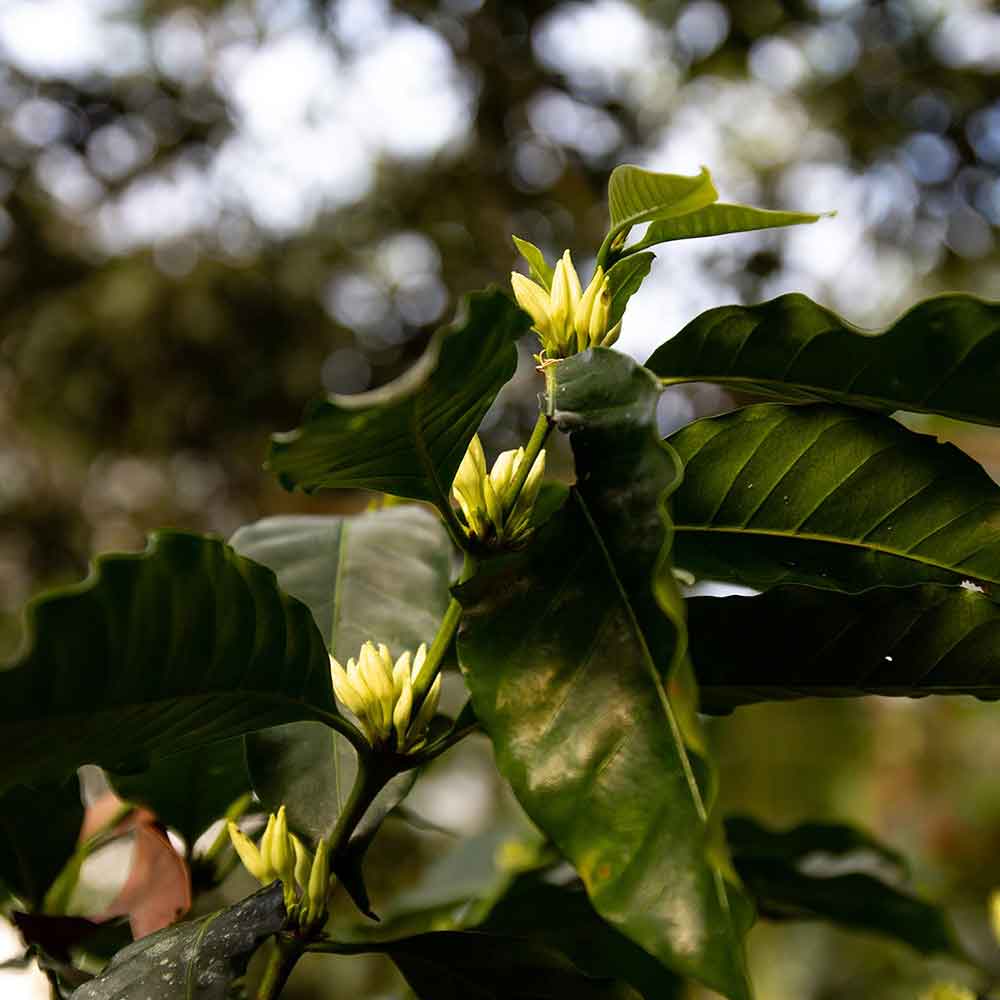
The Role of Coffee in the Arhuaco’s Life
What intrigued me was to find out what attitude the Arhuaco have toward coffee. My impression was that coffee is something completely normal, a central part of their lives that is taken for granted and not even thought about, like the air you breathe. The family I stayed with, the Izquierdo Monteros, prepared a really (!) gigantic pot of coffee every day (have a look at their coffee corner in our CafCaf story) only once in the morning, which would then last for the entire day. Are the Arhuaco proud of their coffee? Their life is simple and quite poor – at least judging by our Western standards – and since it is given to them by Mother Nature, it does hold a precious position. Still, coffee has not been part of their tradition as long as the ancient white cocoa, for instance (see interview).
The Role of Coffee in the Arhuaco’s Life
What intrigued me was to find out what attitude the Arhuaco have toward coffee. My impression was that coffee is something completely normal, a central part of their lives that is taken for granted and not even thought about, like the air you breathe. The family I stayed with, the Izquierdo Monteros, prepared a really (!) gigantic pot of coffee every day (have a look at their coffee corner in our CafCaf story) only once in the morning, which would then last for the entire day. Are the Arhuaco proud of their coffee? Their life is simple and quite poor – at least judging by our Western standards – and since it is given to them by Mother Nature, it does hold a precious position. Still, coffee has not been part of their tradition as long as the ancient white cocoa, for instance (see interview).
After a day trip, when I arrived at the hut of family Izquierdo Monteros, I was lucky to just catch the moment when they were roasting their own coffee. It smelled amazing, like a mixture of wood fire and roasted coffee. I was about to say “Hey, the beans are getting kinda dark, aren’t they?” but that’s just the way they roast their coffee.
It was interesting to talk with them about how important it is for them to share their coffee with the hermanos menores – I can only emphasize that this is my personal experience and must not be representative for all Arhuaco, of course: In our conversations I learned that the Arhuaco grow coffee because if they do not do it, the campesinos will. They are very adamant about keeping the reign and power over their territory. This is also the reason why they are in charge of planting it: while they get many external requests, they do not take them up because the only way to stay in control of their coffee is to cultivate it themselves.
It was interesting to talk with them about how important it is for them to share their coffee with the hermanos menores – I can only emphasize that this is my personal experience and must not be representative for all Arhuaco, of course: In our conversations I learned that the Arhuaco grow coffee because if they do not do it, the campesinos will. They are very adamant about keeping the reign and power over their territory. This is also the reason why they are in charge of planting it: while they get many external requests, they do not take them up because the only way to stay in control of their coffee is to cultivate it themselves.
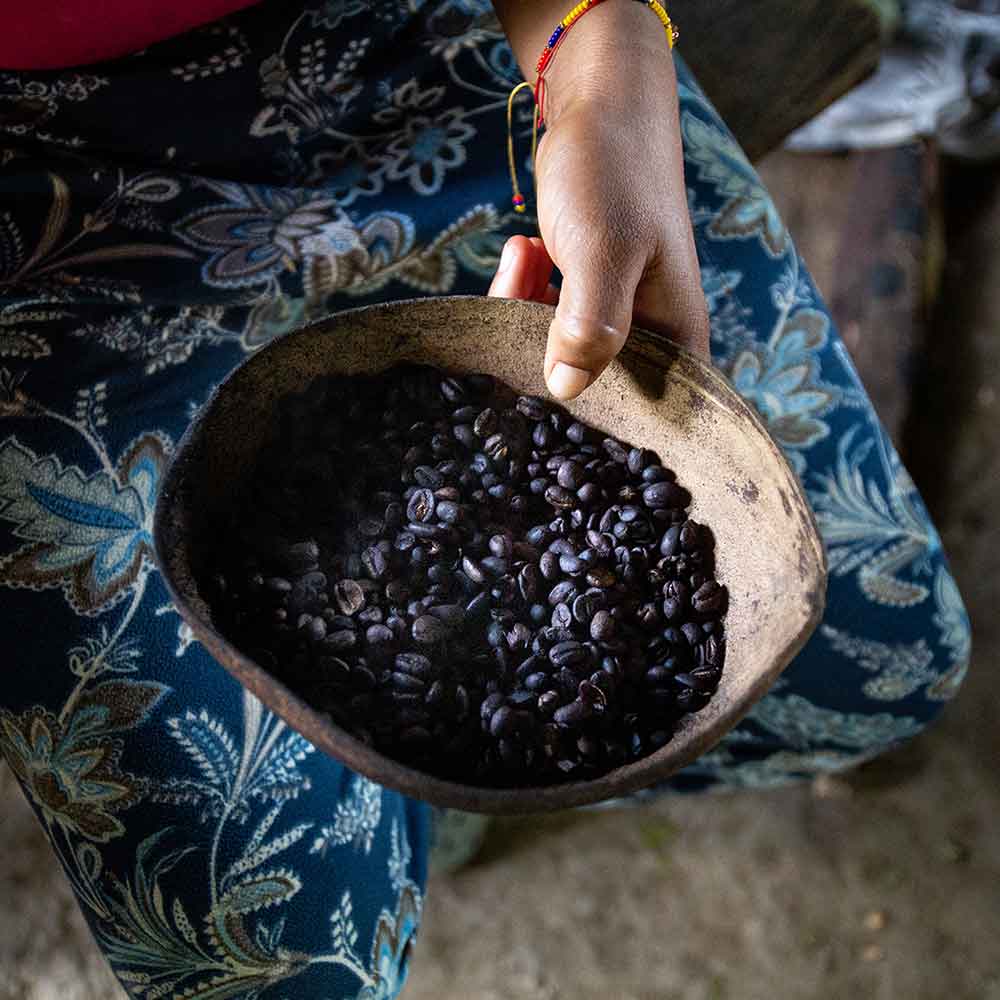
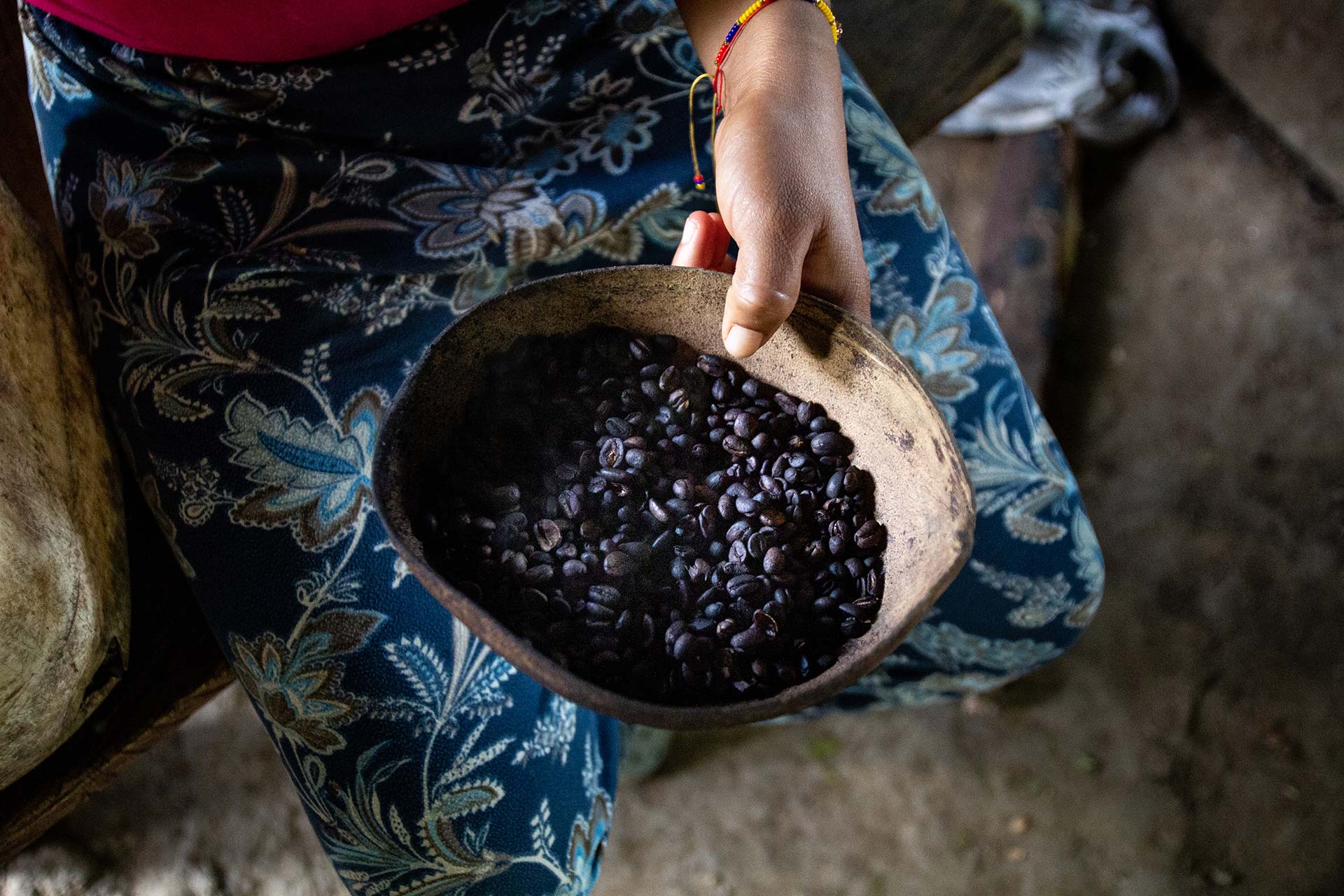
Dark roasted coffee
F7 Hybrid Variedad Colombia
Dark roasted coffee
F7 Hybrid Variedad Colombia
For the Arhuaco, their coffee is the best in the world. But their standards and frame of reference are quite specific: the machines they use and the hygienic conditions are, as mentioned, not ideal and while the climate is perfect to cultivate the best coffee, their attitude toward nature and the coffee plants simply does not enable ‘perfection’. And it is crucial to say that what they understand as ‘the best’ is not the same as our profit-oriented understanding.
For the Arhuaco, their coffee is the best in the world. But their standards and frame of reference are quite specific: the machines they use and the hygienic conditions are, as mentioned, not ideal and while the climate is perfect to cultivate the best coffee, their attitude toward nature and the coffee plants simply does not enable ‘perfection’. And it is crucial to say that what they understand as ‘the best’ is not the same as our profit-oriented understanding.
Grinding coffee in the Sierra Nevada is quite a challenge – on this altitude, there is a tropical climate at daytime. I’m not lying when I say that the family’s father ground coffee for about 15 minutes!
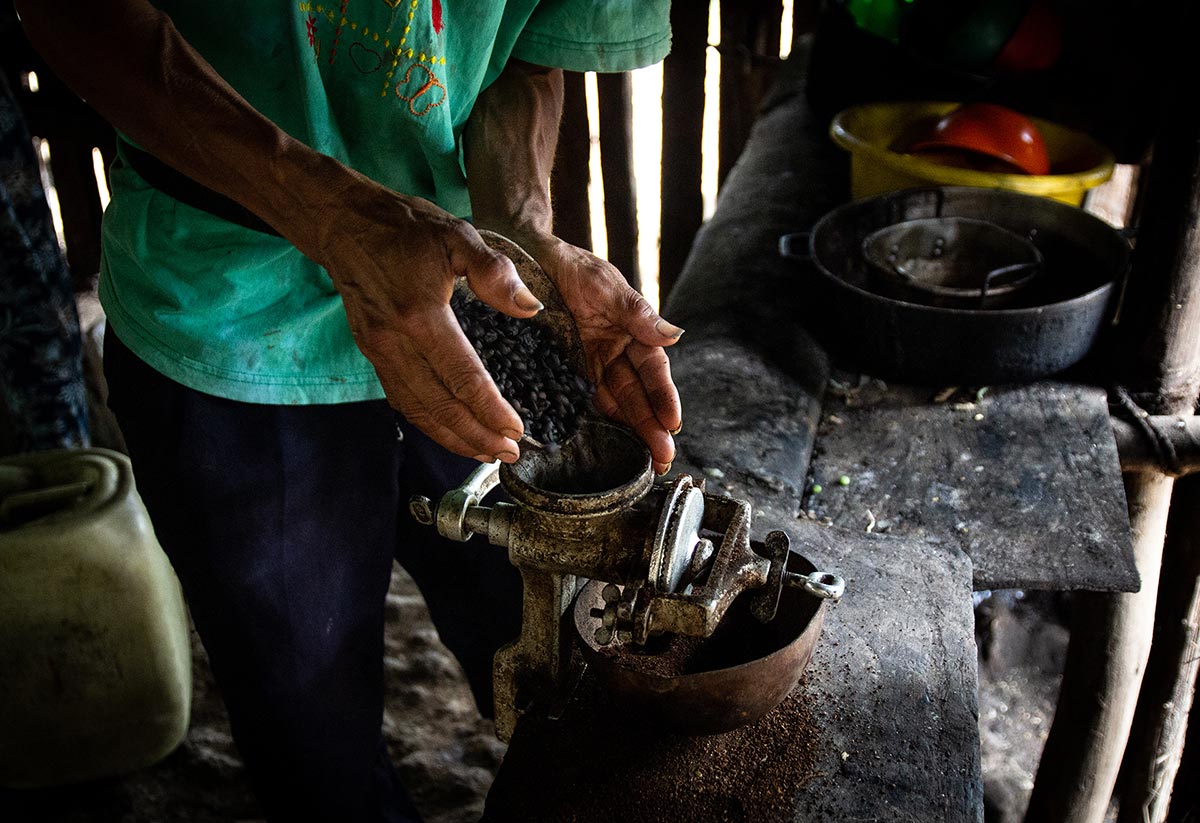
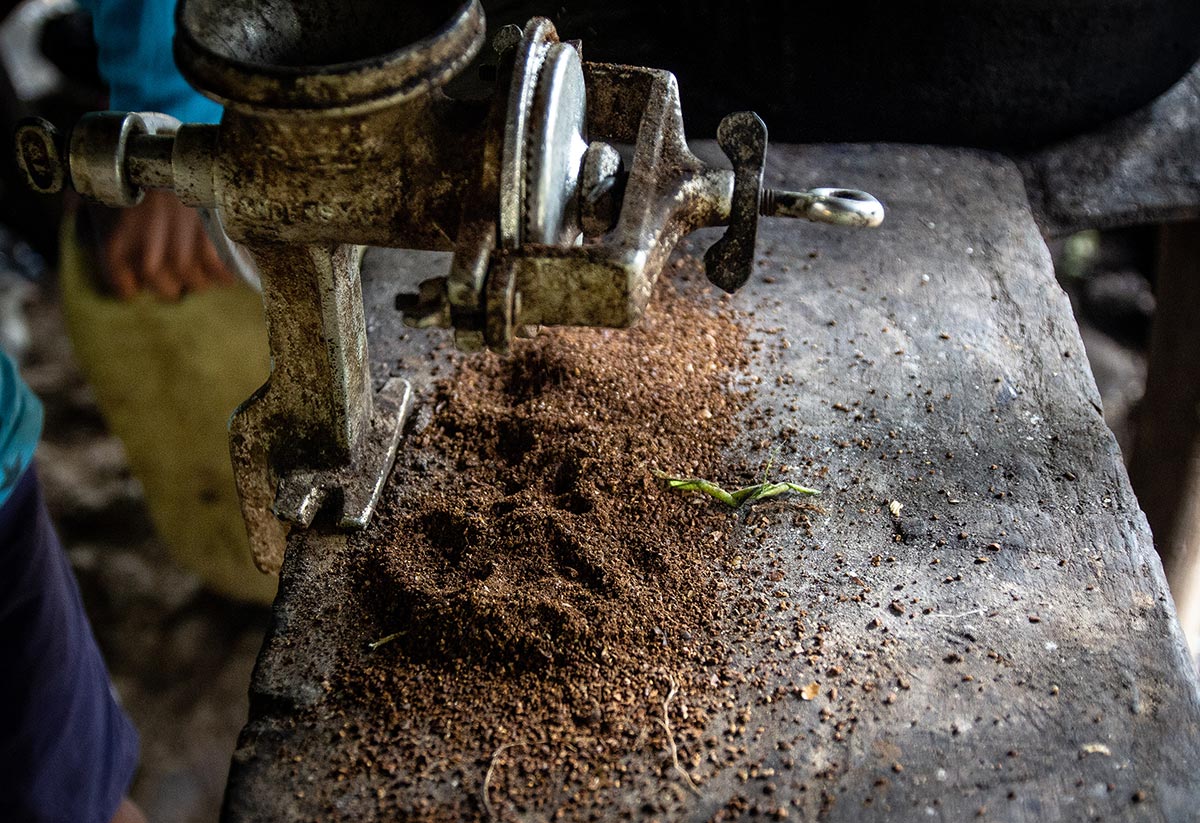
»To be honest, I caught myself having some thoughts typical for the hermanos menores: all of this could be improved! Then more profit could be generated and the quality would be improved. But the Arhuaco look at these things in a very relaxed manner: they simply trust Mother Nature. Some things are supposed to be the way they are and do not need improvement or human intervention.«
When the Magic World Meets Reality
From the sales of the coffee the Arhuaco can afford to build schools and improve the condition of the existing school buildings on the verge of the Sierra Nevada and make sure the school children get meals while studying, so the cooperation with the hermanos menores supports their people – a positive development. One needs to regard this cooperation critically, though: while there are several very helpful and rewarding social projects that are financed by the coffee sales, there are also loads and loads of business-minded (to put it nicely) people in Colombia and probably in the entire world that profit from the image of the Arhuaco: they are depicted as people wearing white clothing and as the masterminds behind “top quality coffee”.
The rucksacks they make and that can be bought in the cities are advertised in a similar way. The Arhuaco lifestyle becomes a brand, something exotic that can be enjoyed for the time of drinking a coffee from the region or by purchasing another gimmick. But unfortunately, when you see coffee that is described as coming from the region, there is no guarantee that this is actually the case. In the same vein, there is no guarantee that the money made from the sales of the coffee and the mochillas will actually reach the Arhuaco – especially since they are truly not interested in making any profit.
When the Magic World Meets Reality
From the sales of the coffee the Arhuaco can afford to build schools and improve the condition of the existing school buildings on the verge of the Sierra Nevada and make sure the school children get meals while studying, so the cooperation with the hermanos menores supports their people – a positive development. One needs to regard this cooperation critically, though: while there are several very helpful and rewarding social projects that are financed by the coffee sales, there are also loads and loads of business-minded (to put it nicely) people in Colombia and probably in the entire world that profit from the image of the Arhuaco: they are depicted as people wearing white clothing and as the masterminds behind “top quality coffee”.
The rucksacks they make and that can be bought in the cities are advertised in a similar way. The Arhuaco lifestyle becomes a brand, something exotic that can be enjoyed for the time of drinking a coffee from the region or by purchasing another gimmick. But unfortunately, when you see coffee that is described as coming from the region, there is no guarantee that this is actually the case. In the same vein, there is no guarantee that the money made from the sales of the coffee and the mochillas will actually reach the Arhuaco – especially since they are truly not interested in making any profit.
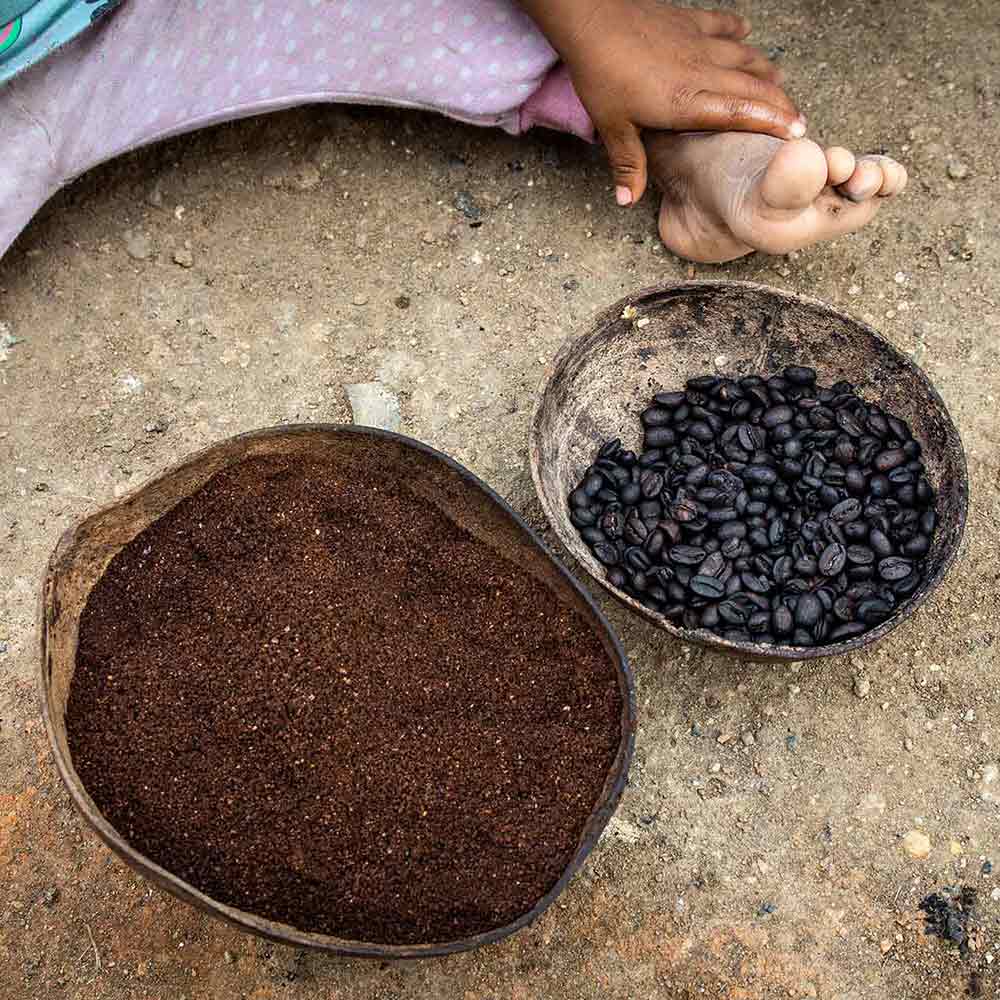
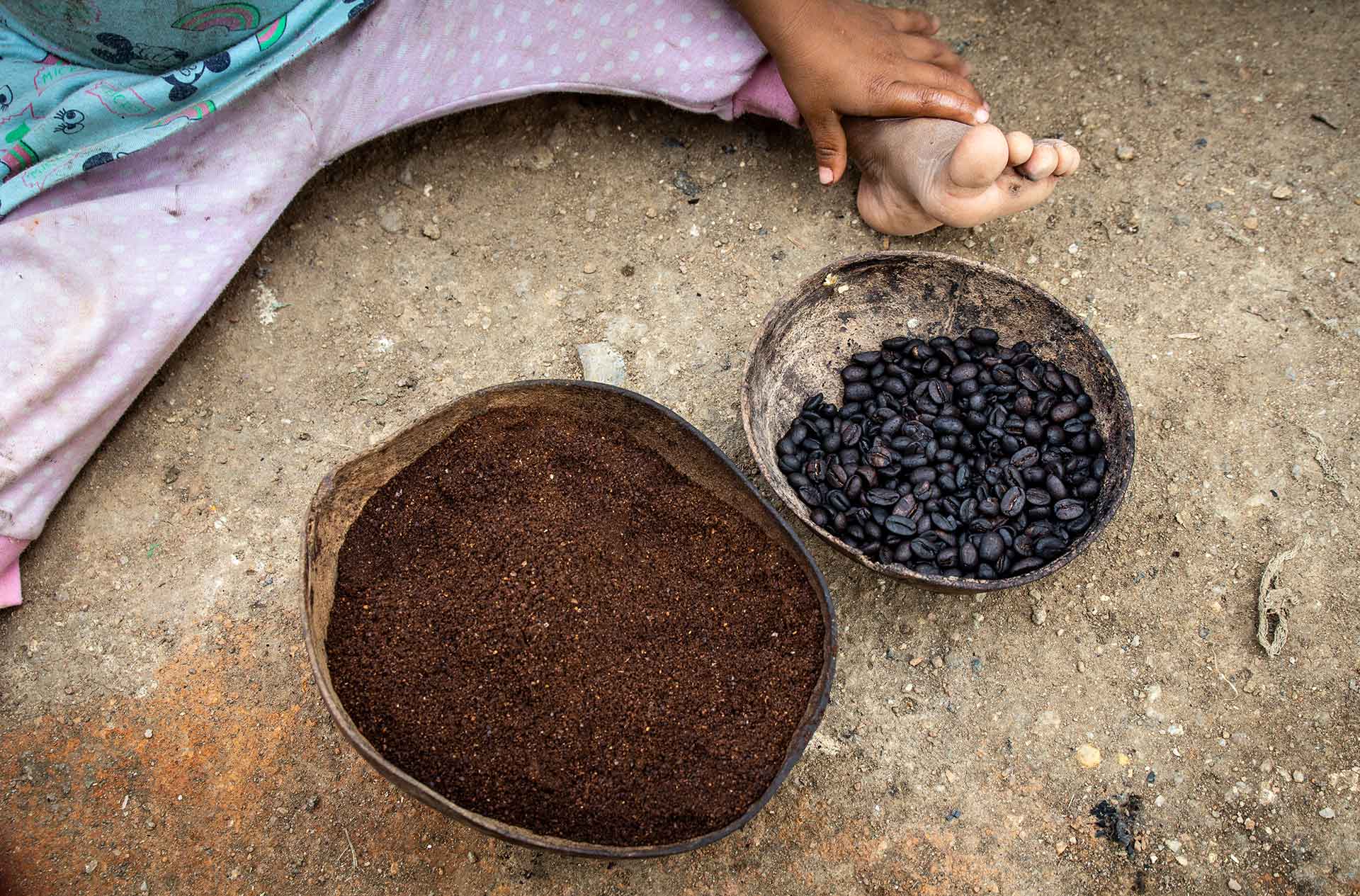
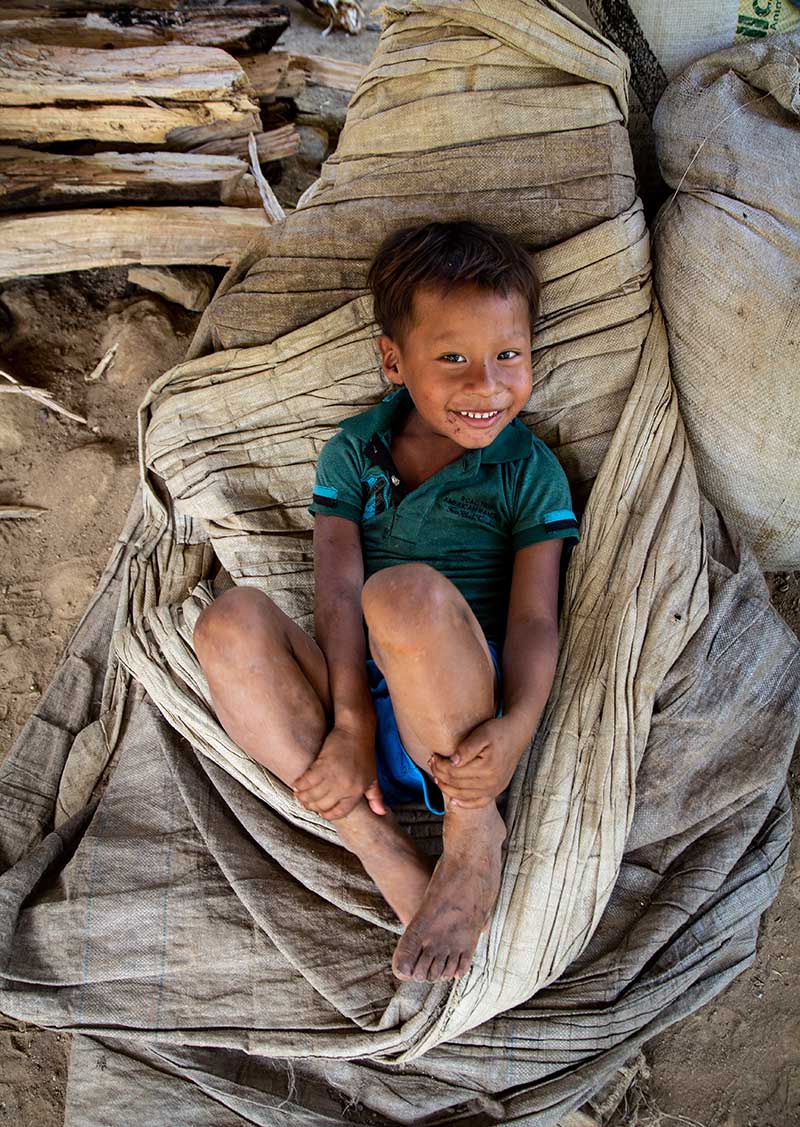
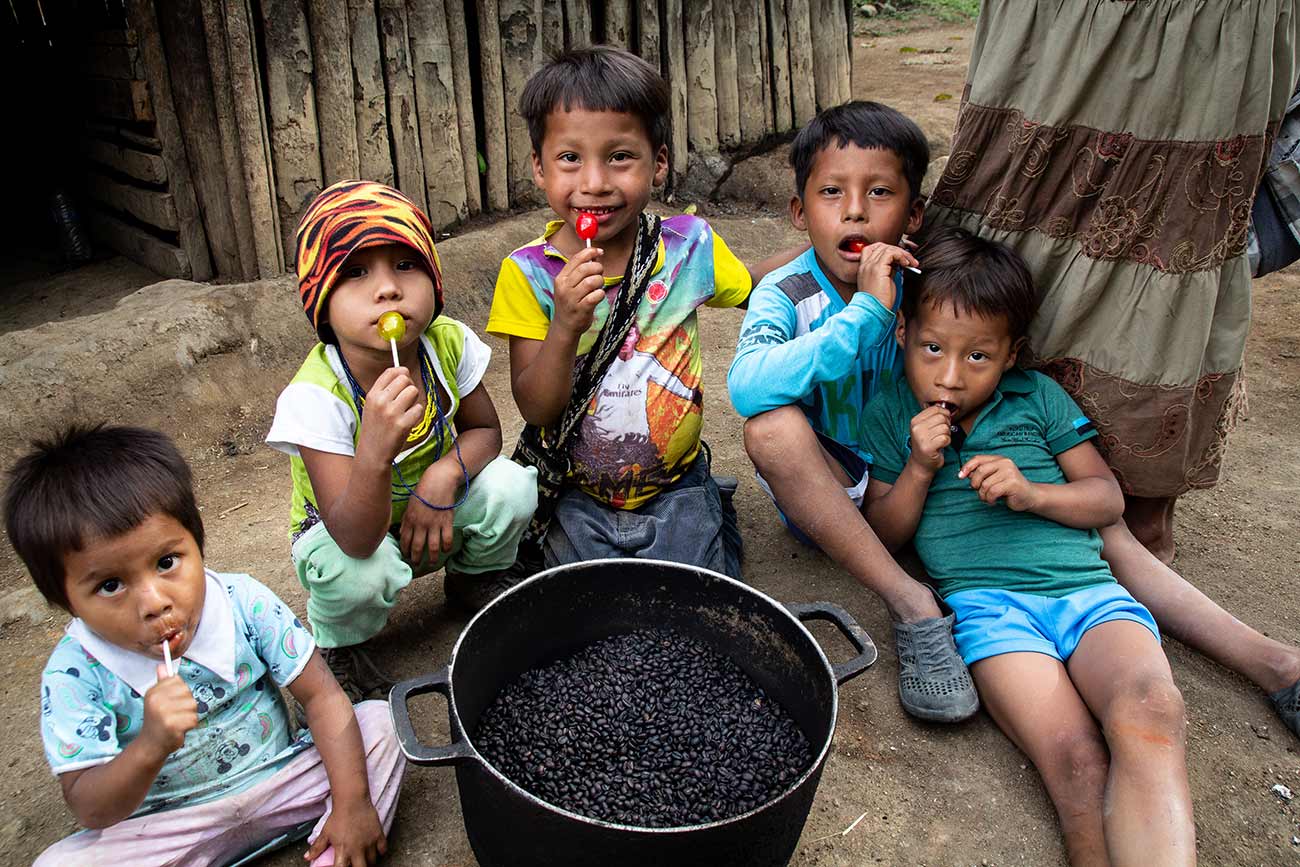
Because I was a guest, I brought some goods for my host family, such as rice, pasta and some lollipops for the kids. Now look at that big pot of dark roasted coffee! Simply amazing!
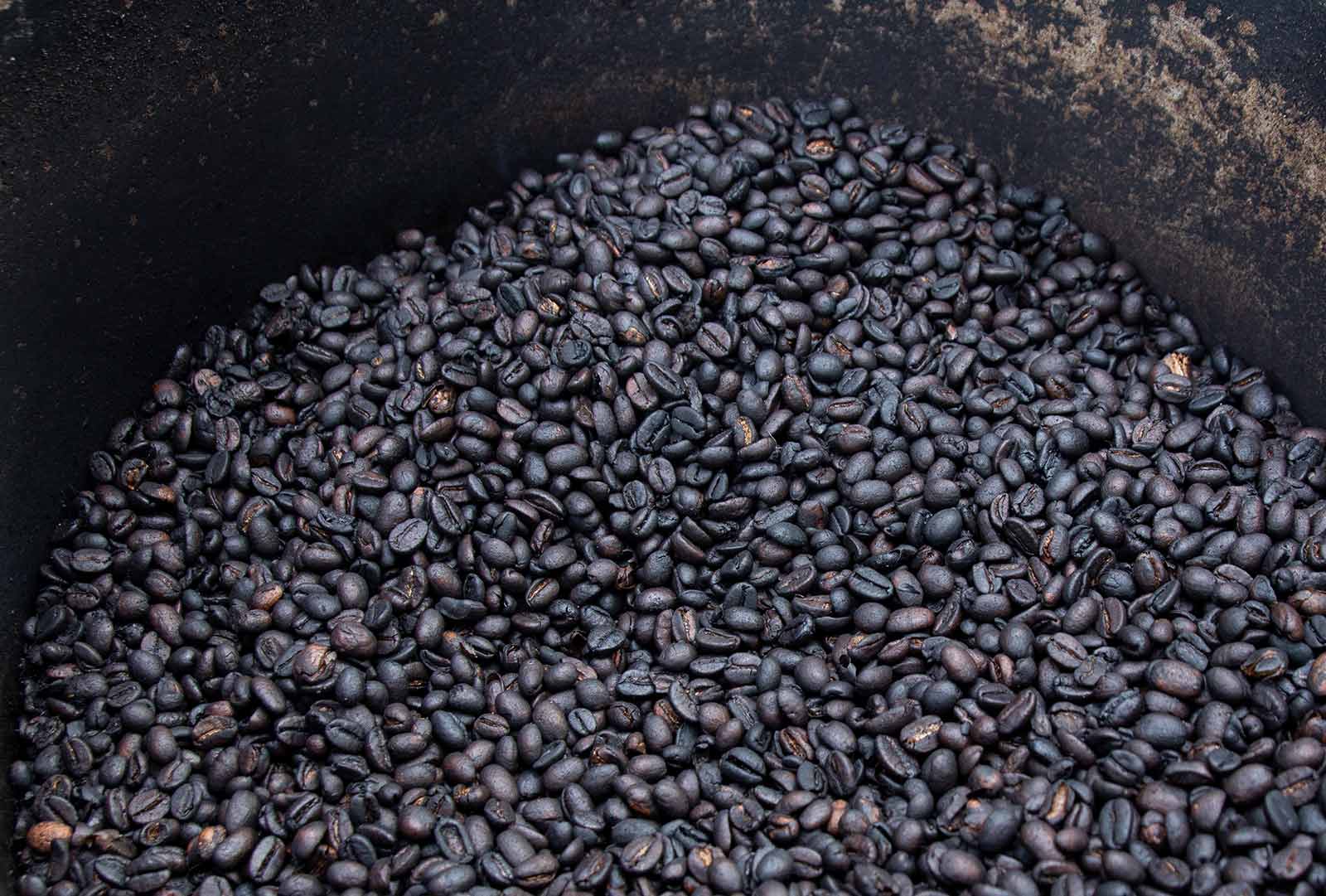
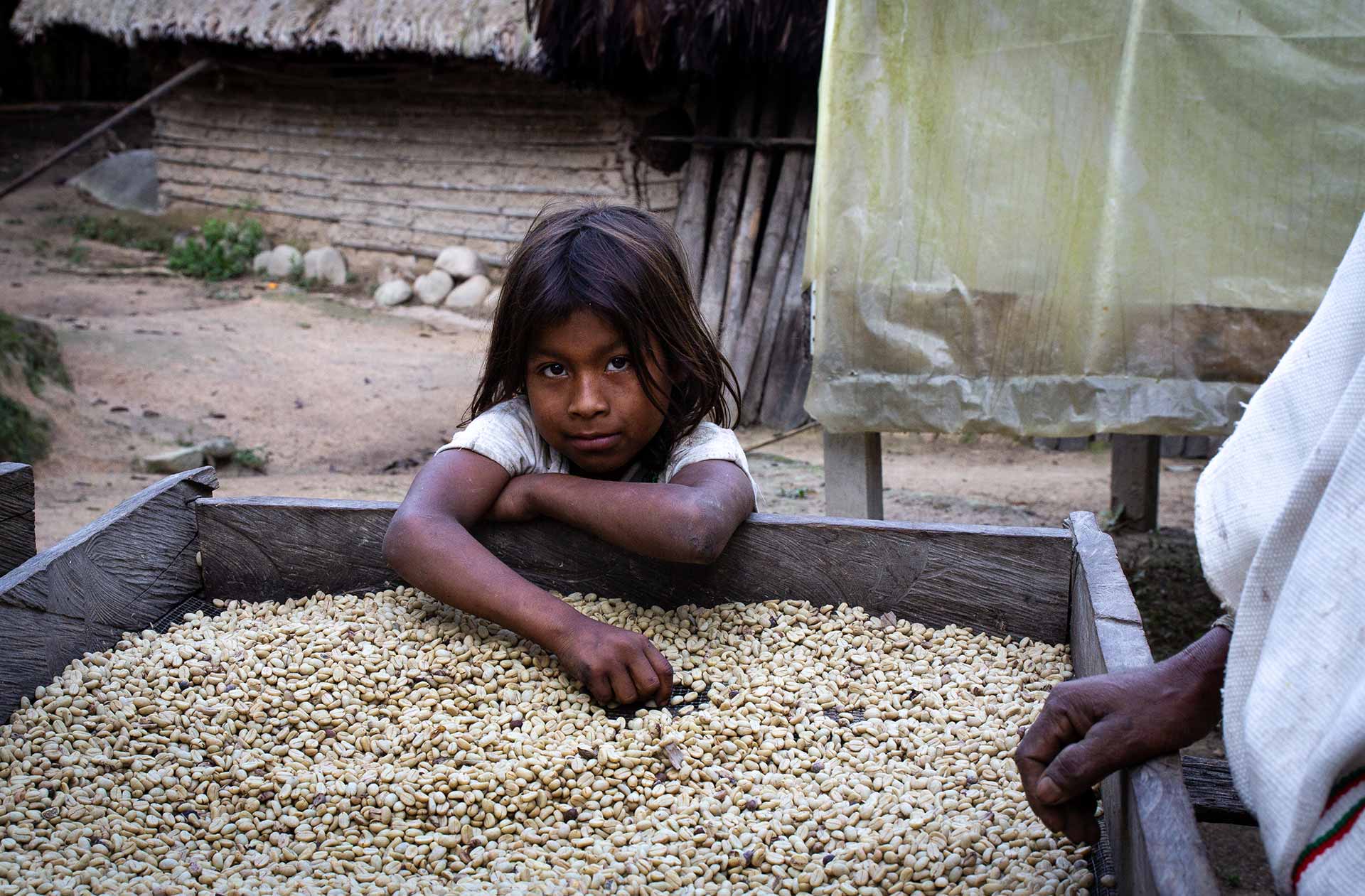
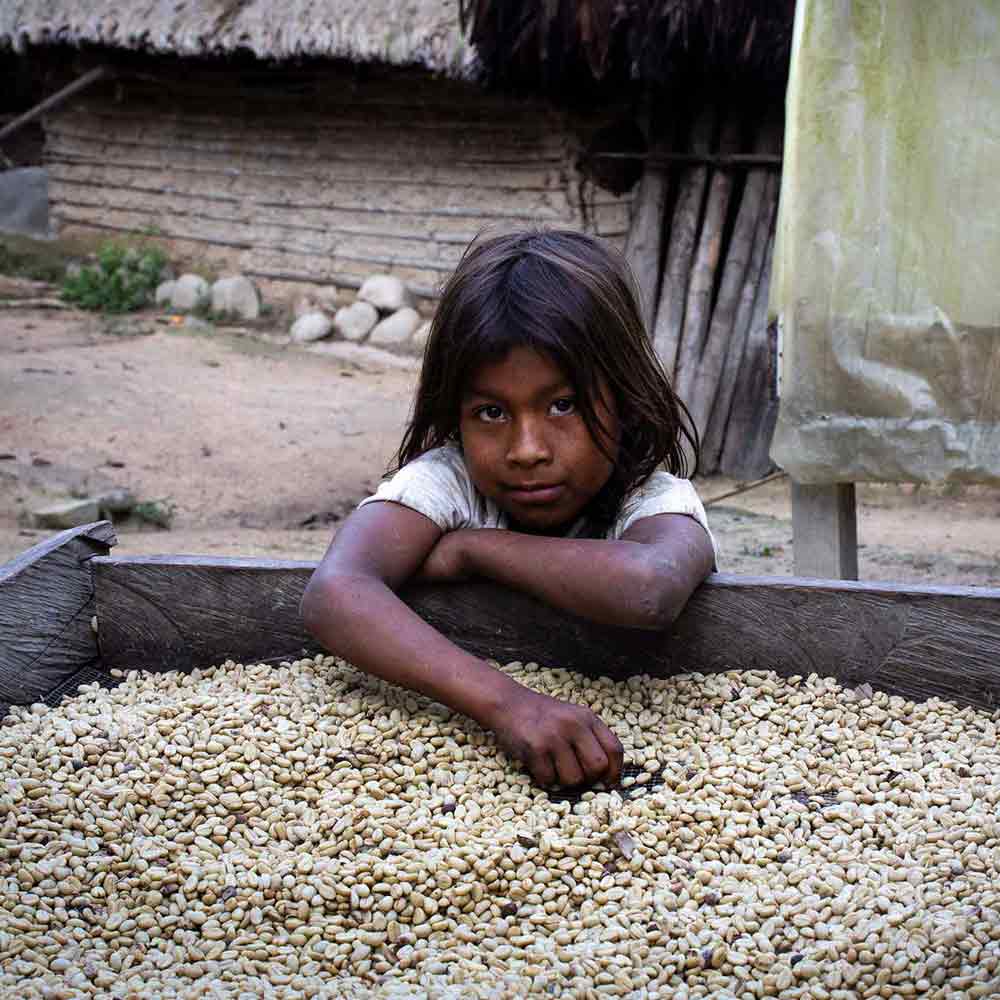
The Arhuaco are pacifists and many of their daily routines and beliefs may strike us as out-dated and detached from reality. But getting a glimpse into their life reminds us to declutter our minds and rethink some of the habits and luxuries coming with a life in the First World. Their coffee may not be ‘the best in the world’ – but why should this be a criterion at all? Why do we always have to assess our lives, days, and activities in terms of superlatives, why does everything we consume need to be ‘the best’? Just like the ‘coffee to go’ phenomenon reflects a lifestyle that is fast-paced and perhaps a little shallow, learning from the Arhuaco can mean sitting down more often and being more grateful for what we have.
With regard to that cup of the steaming brown beverage in front of you: it is a great wonder to be able to enjoy a sip of something delicious that has not appeared out of nowhere but which was graciously offered to us by nature, by this planet we have the privilege to live on. In times of turmoil, where – tragically and hopefully not too late – there is finally a collective awareness that we need to be more careful with how we treat our environment – the Arhuaco and their relationship with the sources of Mother Nature can equip us all with a dose of moderation and respect towards how and what we consume.
The Arhuaco are pacifists and many of their daily routines and beliefs may strike us as out-dated and detached from reality. But getting a glimpse into their life reminds us to declutter our minds and rethink some of the habits and luxuries coming with a life in the First World. Their coffee may not be ‘the best in the world’ – but why should this be a criterion at all? Why do we always have to assess our lives, days, and activities in terms of superlatives, why does everything we consume need to be ‘the best’? Just like the ‘coffee to go’ phenomenon reflects a lifestyle that is fast-paced and perhaps a little shallow, learning from the Arhuaco can mean sitting down more often and being more grateful for what we have.
With regard to that cup of the steaming brown beverage in front of you: it is a great wonder to be able to enjoy a sip of something delicious that has not appeared out of nowhere but which was graciously offered to us by nature, by this planet we have the privilege to live on. In times of turmoil, where – tragically and hopefully not too late – there is finally a collective awareness that we need to be more careful with how we treat our environment – the Arhuaco and their relationship with the sources of Mother Nature can equip us all with a dose of moderation and respect towards how and what we consume.
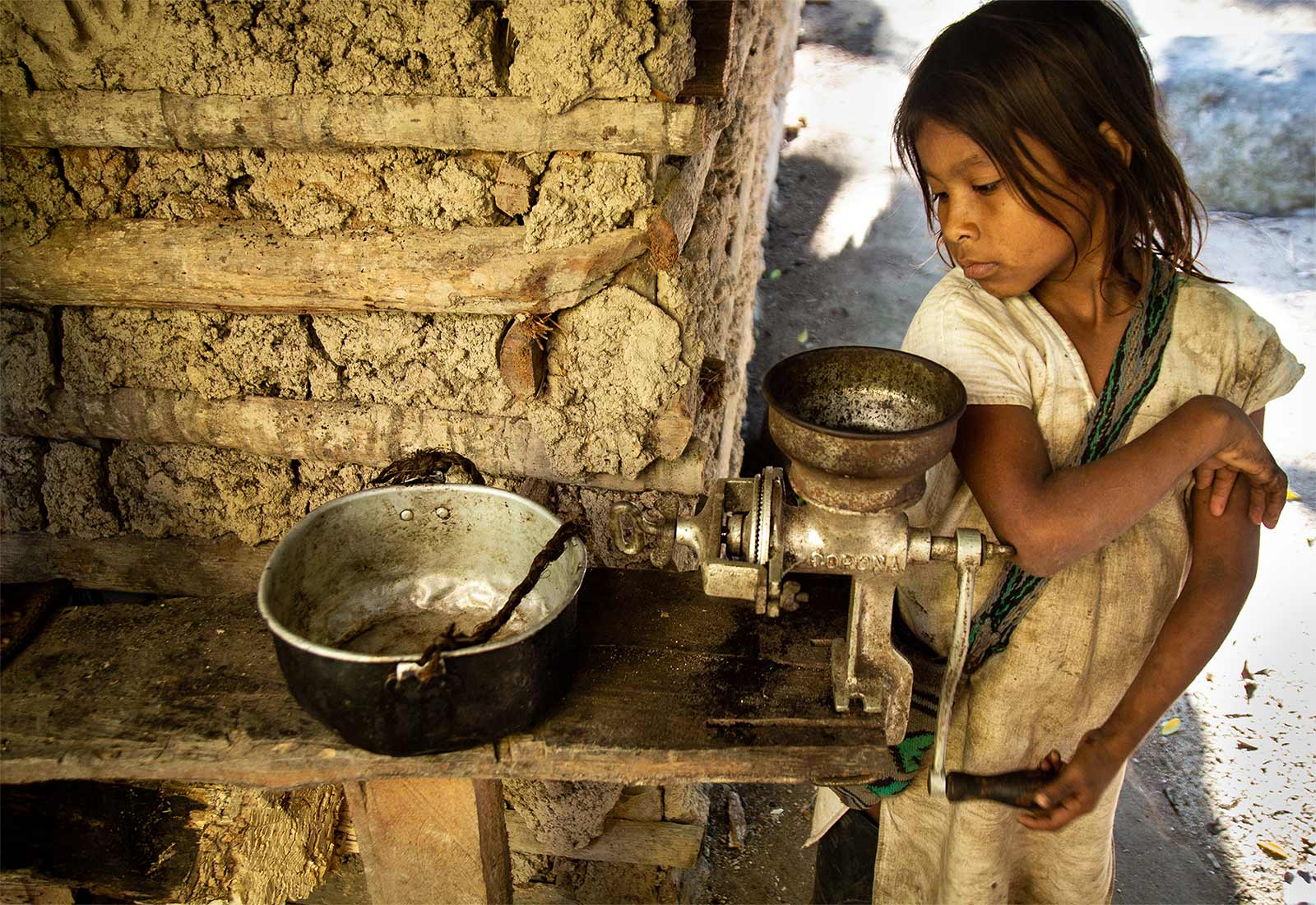
Working in the Sierra Nevada
It was an honor and a great experience to travel through a part of Colombia which only very few hermanos menores have ever entered. The idea is to share my photos with the Arhuaco people on this blog. With a better documentation of their daily lifes and coffee cultivation, when their customers get a better insight of this unique place on earth, they hopefully are able to negotiate better prices for the coffee they cultivate and export.
I did this trip and this blogpost at my own expense.
With the income of the sold coffee, the Arhuaco people are able to build and service schools for the younger generation – located on the outer border of the protected area. I visited one of those construction sites – it looked like a sustainable project.
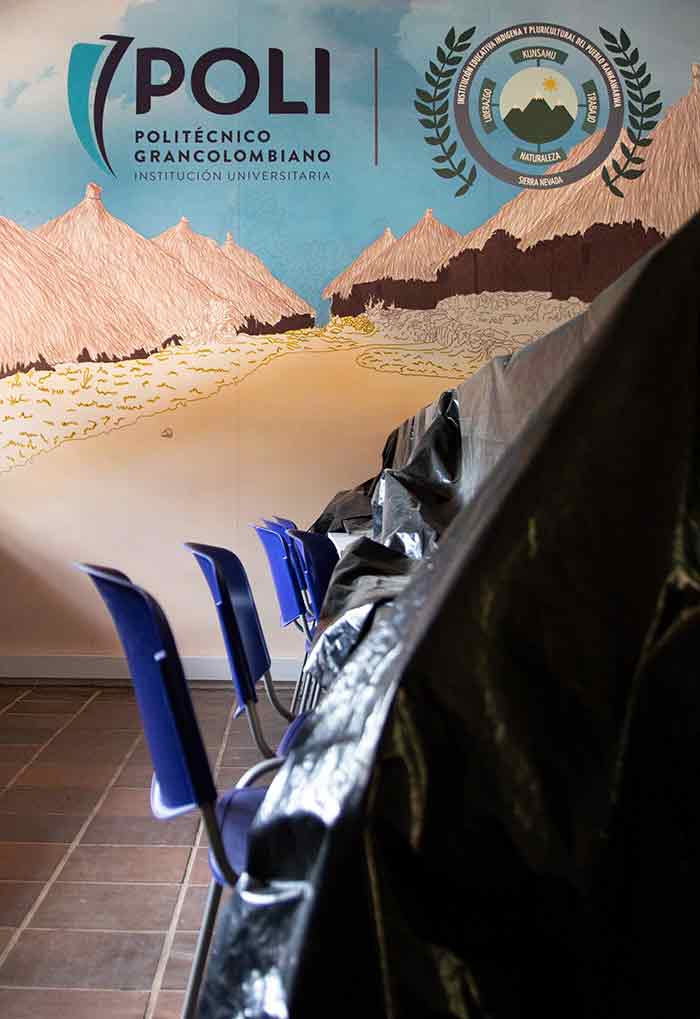
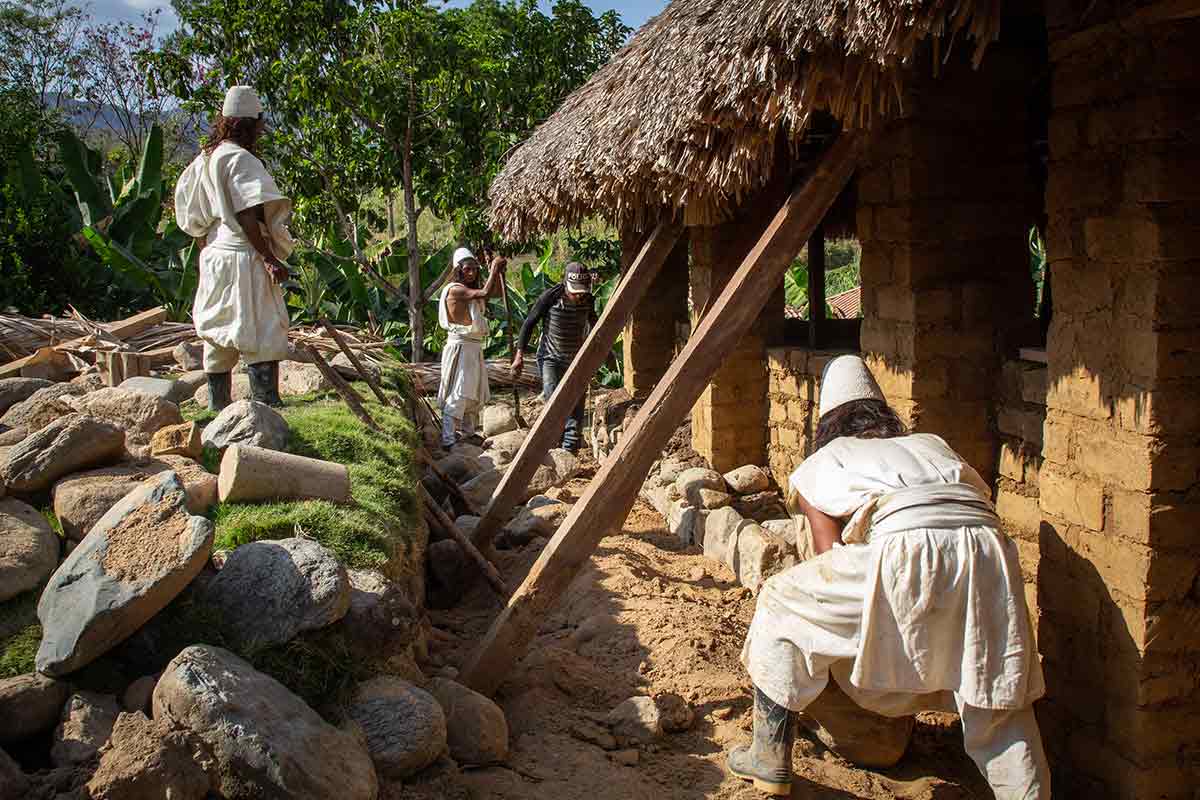
All photos are copyright by Matthias Stäheli.
Thanks to my Berlin collective KUKUKK for the support.

*Some Arhuacos in the photos wear our cheap clothes only because their traditional clothes are time-consuming to produce and get dirty while working in the fields or while playing on the ground.
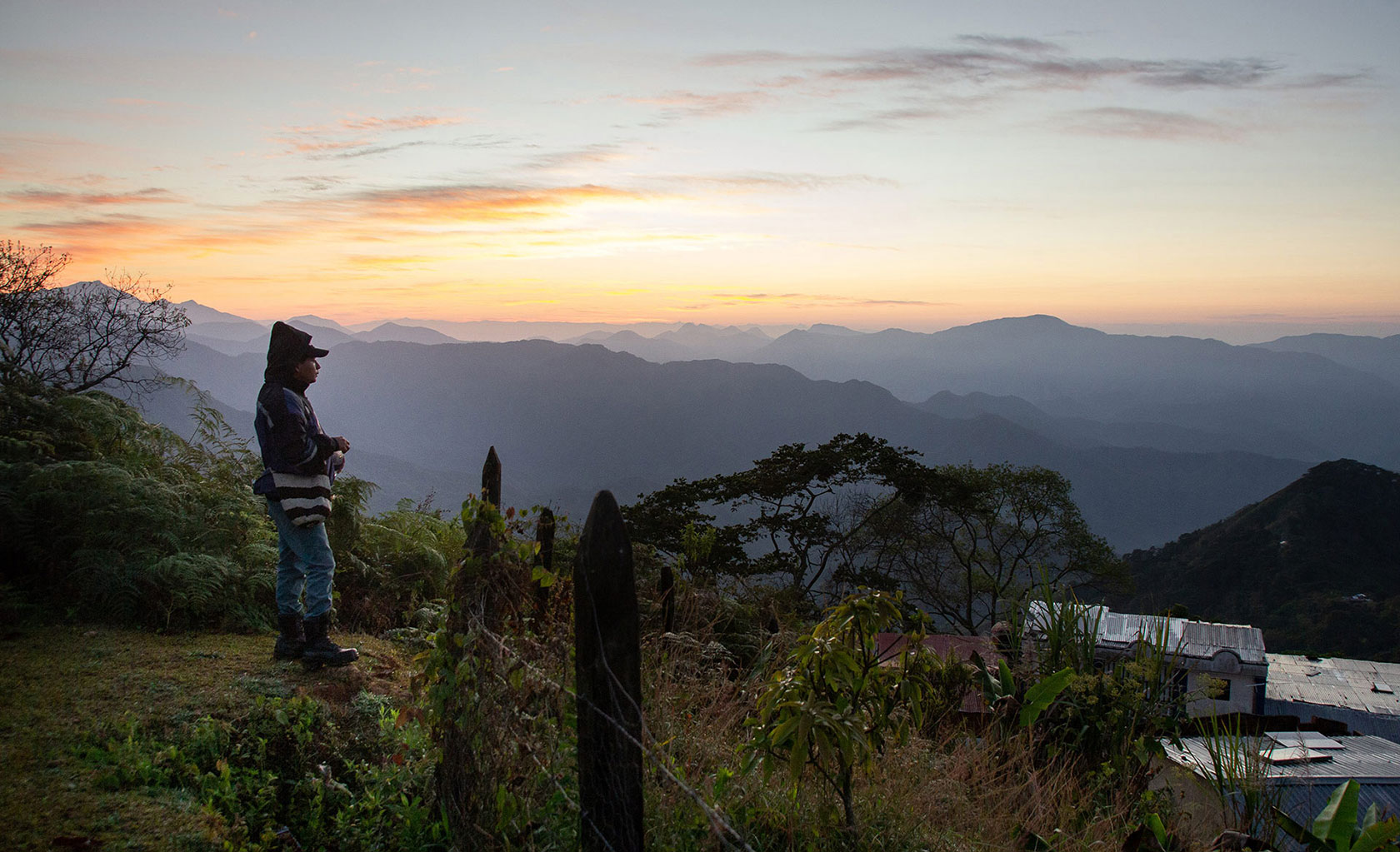
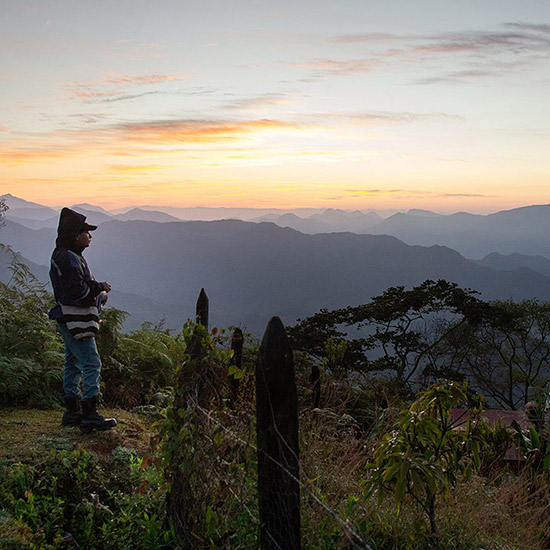
The Arhuaco
Chapter 1: Dipping Into Another Universe
The Arhuaco
Chapter 1:
Dipping Into Another Univers
Other CafCaf Stories:
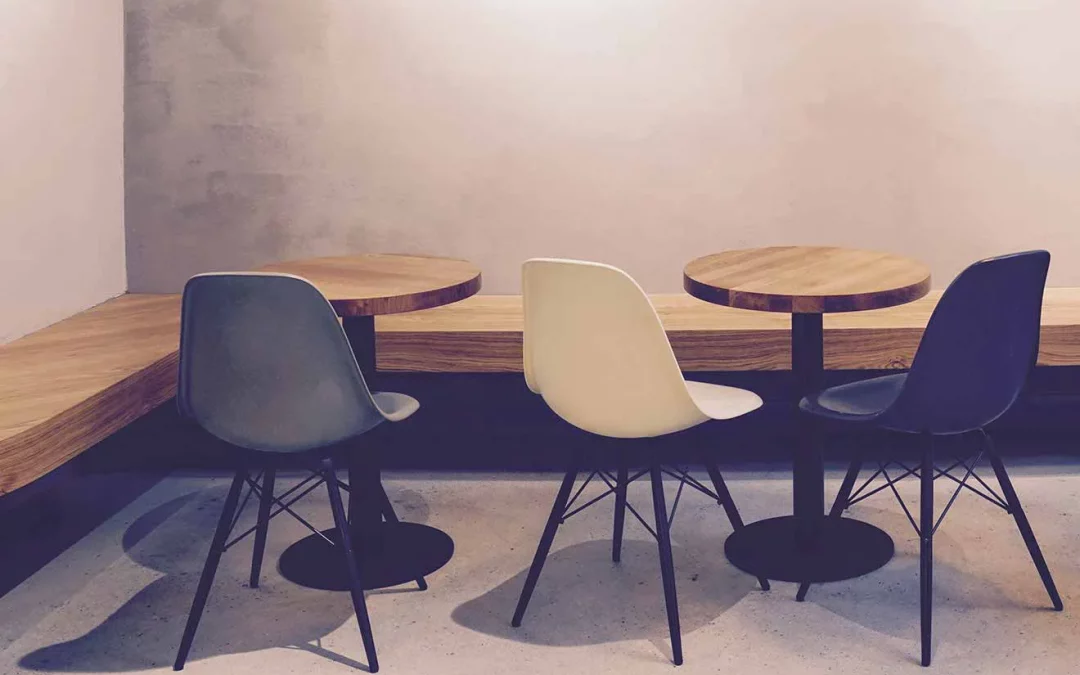
Building a coffee shop (EN)
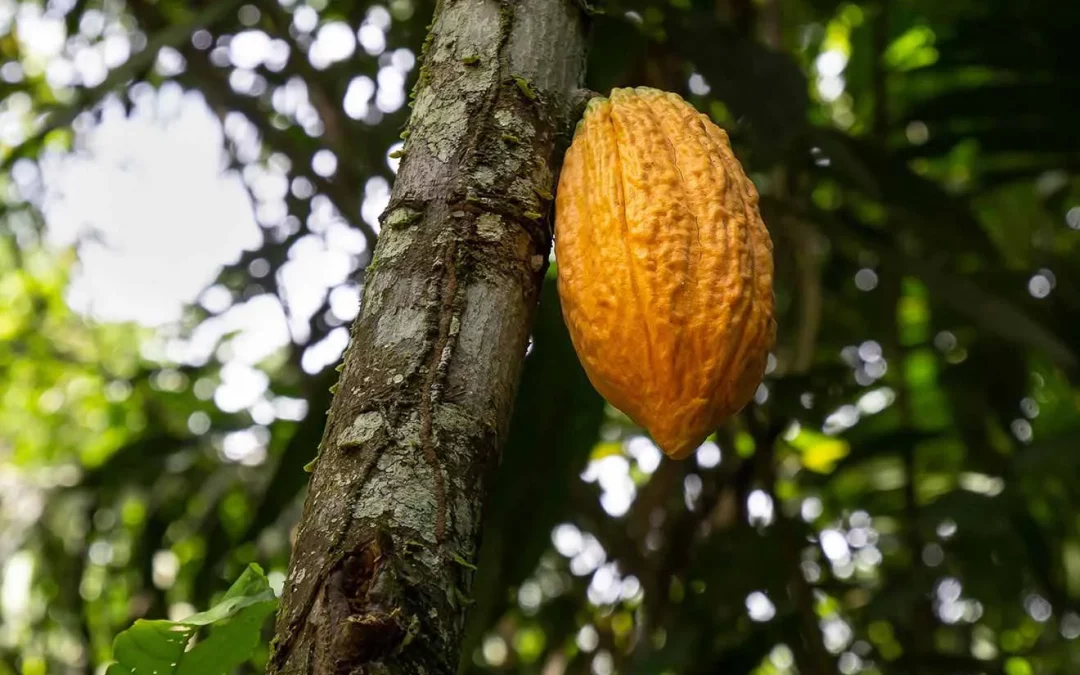
Cacao talks (EN)
Read the interview!

